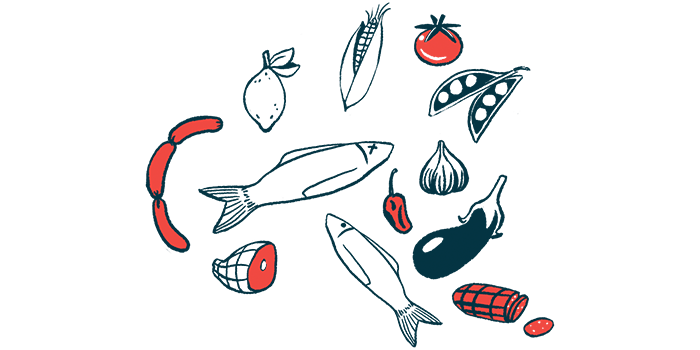Extent of Malnutrition in Child Reflects EB Severity, Study in India Finds
Written by |

Malnutrition, both moderate and severe, is fairly common among children with epidermolysis bullosa (EB) living in India, a study suggests.
A child’s degree of malnutrition also correlated with disease severity, its researchers reported. A personalized diet followed for six months significantly improved patients’ nutritional status, particularly among children with dystrophic EB.
The study, “The severity of malnutrition in children with epidermolysis bullosa correlates with disease severity,” was published in the journal Scientific Reports.
Eating can be difficult for children with EB, the result of blistering inside the mouth and on the lining of the esophagus. Added to their greater nutritional needs — due to chronic inflammation and possible body-wide blistering — poor nutrition contributes to developmental delay and slow wound healing.
The extent of malnutrition among EB children, particularly among those in developing countries, is largely unknown.
Researchers at a center in Chandigarh, India, aimed to “assess nutritional aspects of Indian children suffering from EB and to evaluate the effect of severity of EB on the severity of malnutrition.”
In total, 57 children (median age of 5) were followed for 18 months — July 2017 to December 2018 — at the center, the Postgraduate Institute of Medical Education and Research.
Most of these children, 34, had dystrophic EB — 26 with recessive dystrophic EB and eight with dominant dystrophic EB — while 13 others had EB simplex, eight had junctional EB, and two children had Kindler syndrome.
In the study’s first phase, the children underwent a complete physical examination and were evaluated for malnutrition and disease severity, using the combined Scoring Clinical Outcomes for Research of Epidermolysis Bullosa, also known as iscorEB.
They were categorized into severe, moderate, and mild malnutrition according to the World Health Organization’s z-score, which considers weight for height, and height for age to reflect differences from the mean of a standard group of children.
In its second phase, study participants followed a personalized diet chart designed to meet their energy, protein and micronutrient needs. They were evaluated again after six months.
“The objective of the nutritional advice for children with Epidermolysis Bullosa (EB) was to provide more than adequate macronutrients as well as micronutrients, minimize the nutritional deficiencies, improve bowel functions, enhance immunological status, optimize wound healing, promote proper body growth as well as pubertal and sexual development and also is to minimize the stress caused by prolonged feeding time,” the investigators wrote.
Twenty-three of the children (40.35%) had moderate or severe malnutrition — moderate malnutrition was seen in 13 (22.81%) and severe in 10 (17.54%) of them.
Those with severe malnutrition, which was most common among dystrophic EB patients, had significantly more severe disease, as shown by the highest iscorEB score (56.72), compared with these scores for children with moderate malnutrition (40), and normal/mild malnutrition (28.41).
In fact, iscorEB scores were found to associate with moderate-to-severe malnutrition, and may aid in the identification of these patients. The researchers estimated that an iscorEB score higher than 24.5 was indicative of a marked increase in the risk of moderate-to-severe malnutrition, with a 82.6% sensitivity and 55.9% specificity. (A test’s sensitivity is its ability to correctly identify those with a given condition, while specificity refers to correctly identifying those without it.)
According to lab tests, participants with moderate or severe anemia — a lack of healthy red blood cells that carry oxygen to the body’s tissues — had higher mean iscorEB scores (50 in severe anemia, and 48.71 in moderate anemia) relative to those with mild anemia (23.36). Also, 12 children had vitamin D deficiency, and the total number of white blood cells differed among EB subtypes.
Of the 57 children, 34 followed a personalized diet advised by a dietitian for a mean of six months. These children experienced a significant increase in their weight — from a mean of 15.53 kg to 17.87 kg (about 34.24 lb to 39.4 lb) — and height, from a mean of 92.64 cm to 97.55 cm. The frequency of severe malnutrition across these children also significantly reduced, from 26.4% to 8.8%.
Among the overall group, a significant improvement in nutritional status was primarily due to the results in children with dystrophic EB.
“Moderate to severe malnutrition is common in children with EB and significantly correlates with disease severity as assessed by iscorEB. IscorEB was found to be independently associated with moderate to severe malnutrition,” the researchers wrote.
These findings “should be validated in a much larger group in the developing world preferably in a multicentric setting,” they added. “Moreover, the effect of dietary advice was not compared with the control group as the children normally tend to gain weight and height during this period of growth and development.”






